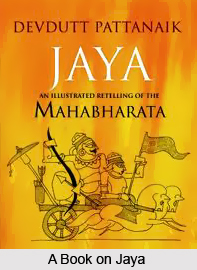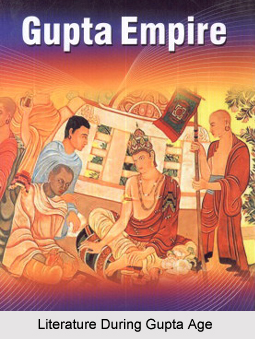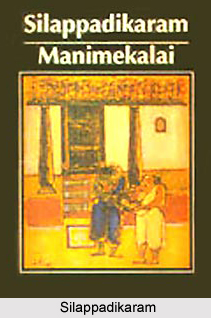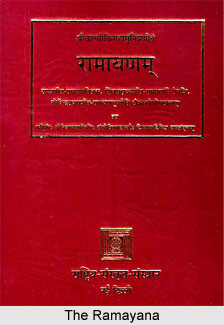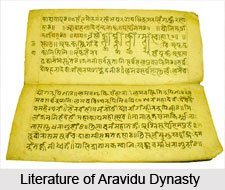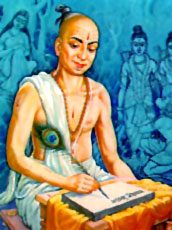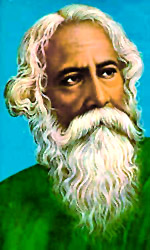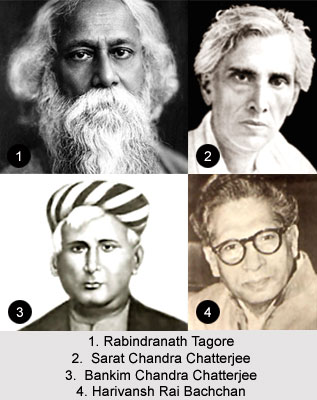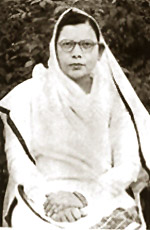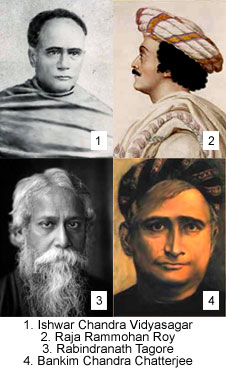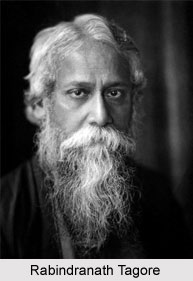Indian Diasporic Writing belongs to the genre or rather a way of life that channellised into literature. Generally Diaspora Literature is concerned with the idea of a homeland, a native place from where the dislocation occurs. The result is narratives of harsh journeys are presented which again is catalysed by several factors. In actuality Diaspora is a minority community living in exile.
The authors who chose Diaspora as their thematic crux are the in actuality concentrating on the global paradigm shift. Indian Diasporic writing often bears the cudgels of the challenges of Postmodernism to overreaching narratives of power relations to quieten the voices of the dispossessed; these insignificant voices have gained ascendance and even found a current status of privilege. According to Amitav Ghosh-`the Indian Diaspora is one of the most important demographic dislocation of Modern Times`(Ghosh,) and each day is growing and assuming the form of representative of a significant force in global culture.
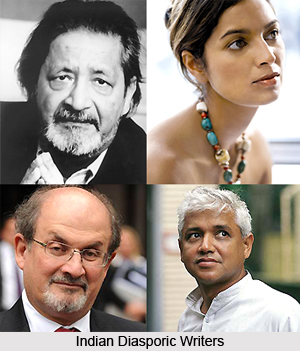 The present age of technological advancement has paved the way of process of travelling easier and the distance shorter so the term Diaspora has lost its original connotation, yet simultaneously it has also emerged in another form healthier than the former. At first, it is concerned with human beings attached to the homelands. Their sense of yearning for the homeland, a curious attachment to its traditions, religions and languages give birth to diasporic literature which is primarily concerned with the individual`s or community`s attachment to the homeland. The migrant arrives `unstuck from more than land` (Rushdie). He runs from pillar to post crossing the boundaries of time, memory and History carrying `bundles and boxes` always with them with the vision and dreams of returning homeland as and when likes and finds fit to return. Although, it is an axiomatic truth that his dreams are futile and it wouldn`t be possible to return to the homeland is `metaphorical` (Hall). The longing for the homeland is countered by the desire to belong to the new home, so the migrant remains a creature of the edge, `the peripheral man` (Rushdie). According to Naipaul the Indians are well aware that their journey to Trinidad `had been final` (Andse Dentseh,) but these tensions and throes remain a recurring theme in the Diasporic Literature. As Diaspora may be forced or voluntary, the Diasporic literature is even categorised under two heads.
The present age of technological advancement has paved the way of process of travelling easier and the distance shorter so the term Diaspora has lost its original connotation, yet simultaneously it has also emerged in another form healthier than the former. At first, it is concerned with human beings attached to the homelands. Their sense of yearning for the homeland, a curious attachment to its traditions, religions and languages give birth to diasporic literature which is primarily concerned with the individual`s or community`s attachment to the homeland. The migrant arrives `unstuck from more than land` (Rushdie). He runs from pillar to post crossing the boundaries of time, memory and History carrying `bundles and boxes` always with them with the vision and dreams of returning homeland as and when likes and finds fit to return. Although, it is an axiomatic truth that his dreams are futile and it wouldn`t be possible to return to the homeland is `metaphorical` (Hall). The longing for the homeland is countered by the desire to belong to the new home, so the migrant remains a creature of the edge, `the peripheral man` (Rushdie). According to Naipaul the Indians are well aware that their journey to Trinidad `had been final` (Andse Dentseh,) but these tensions and throes remain a recurring theme in the Diasporic Literature. As Diaspora may be forced or voluntary, the Diasporic literature is even categorised under two heads.
The first Diaspora consisted of dis-privileged and subaltern classes forced alienation was a one way ticket to a distant diasporic settlement. As, in the days of yore, the return to Homeland was next to impossible due to lack of proper means of transportation, economic deficiency, and vast distances so the physical distance became a psychological alienation, and the homeland became the sacred icon in the diasporic imagination of the authors also.
But the second Diaspora was the result of man`s choice and inclination towards the material gains, professional and business interests. It is particularly the representation of privilege and access to contemporary advanced technology and communication. Here, no dearth of money or means is visible rather economic and life style advantages are facilitated by the multiple visas and frequent flyer utilities. Therefore, Vijay Mishra is correct when he finds V S Naipaul as the founding father of old diaspora but it is also not wrong to see Salman Rushdie as the representative of Modern (second) Diaspora V S Naipaul remarkably portrays the search for the roots in his `A House for Mr. Biswas: "to have lived without even attempting to lay claim to one`s portion of the earth; to have lived and died as one has been born, unnecessary and accommodated. Similarly Mohan Biswas`s peregrination over the next 35 years, he was to be a wanderer with no place to call his own`.
In the same manner, Rushdie`s Midnight Children and Shame are the novels of leave taking... from the country of his birth (India) and from that second country (Pakistan) where he tried, half-heartedly to settle and couldn`t."
V.S Naipaul`s literary journey has the trajectories that can be mapped by the literary graphs like:
The Mystic Masseur: - The Mystic Masseur is about a frustrated writer of Indian descendant who rises from the indigent background to become a successful politician.
Miguel Street: -Miguel Street is a semi autobiographical novel represents a series of separate episodes of childhood experienced by an unnamed narrator, all happening in and around Miguel Street, a street in western Port of Spain.
In A Free State: - In A Free State depicts the predicament Africa, a Third World country who has recently acquired independence.
Guerrillas: - Ingrained in the background of remote, un-named Caribbean island, Guerrillas is the depiction of the population of mix ethnicity, which was dominated by the postcolonial British.
A Bend in the River: - A Bend in the river is the depiction of multi-ethnicity in the Third World country Africa, which had just achieved its independence.
The Enigma of Arrival: -The Enigma of Arrival is a compilation of four sections, reflecting the growing familiarity and changing perceptions of Naipaul upon his arrival in various countries after leaving his native.
An Area of Darkness: -An Area of Darkness is a travelogue by Naipaul, written during his soir‚e in his ancestral land India in 1960.
The Loss of El Dorado: - The loss of El Dorado is a legendary historical account of Venezuela and Trinidad.
Among The Believers: -Among the Believers is a travelogue, which recounts the series of journeys to the regions that have converted to Islams.
India: A wounded Civilization: - Essentially a travelogue, the novel "India: A wounded Civilization" cues an analytical probing into the Indian attitudes while recapititualting and probing the feelings previously aroused in him by this vast, mysterious and agonized continent.
A turn in the South: - A Turn in the South is a travel account illustrating the experiences of the novelist`s journey in the southern states of US.
India: A Million Mutinies Now: - A travelogue, "India: A million Mutinies Now" expresses serious qualms about Indian attitudes and the way of life. On the other hand Naipaul, in this travelogue notes the economic growth and its associated emancipation of the various peoples of India.
